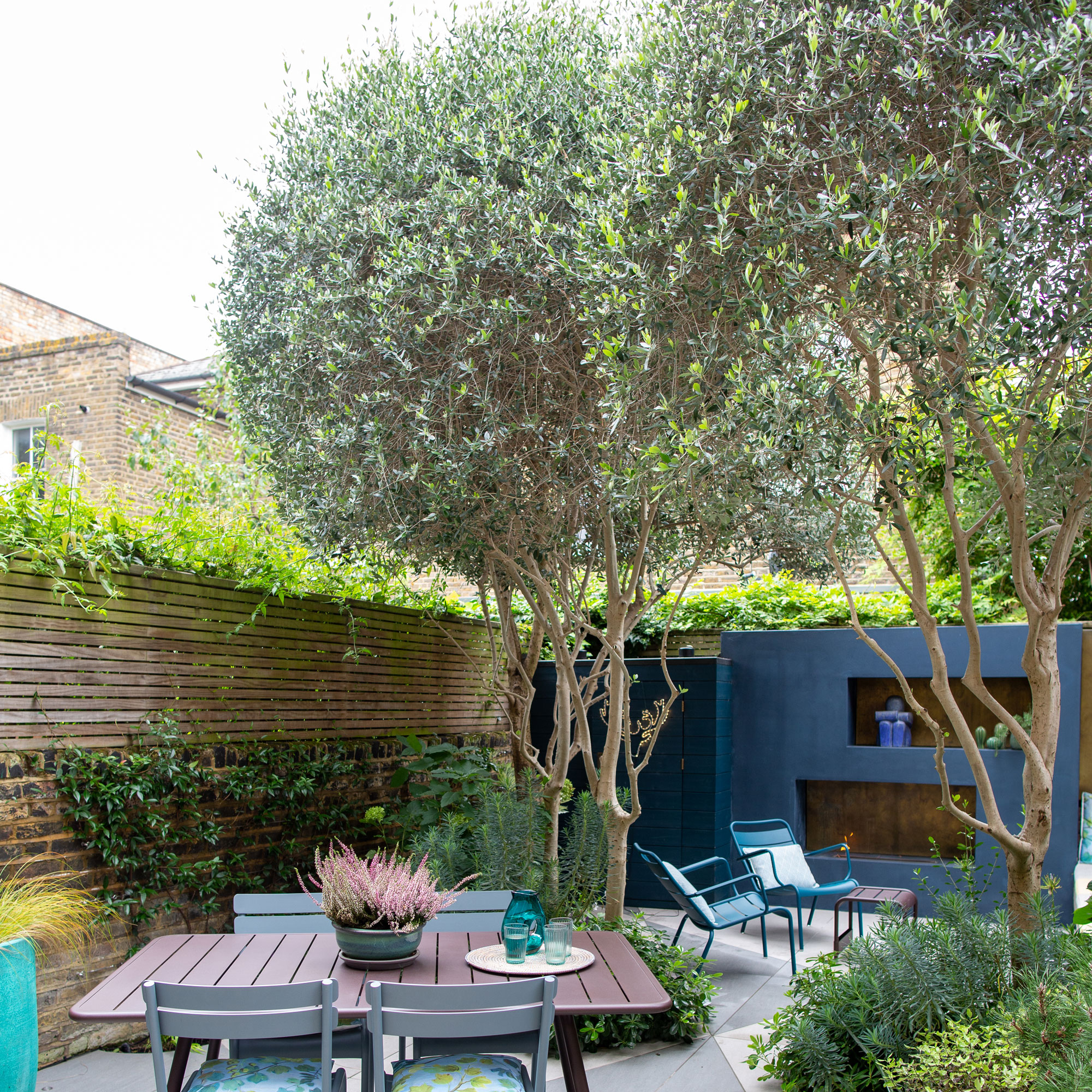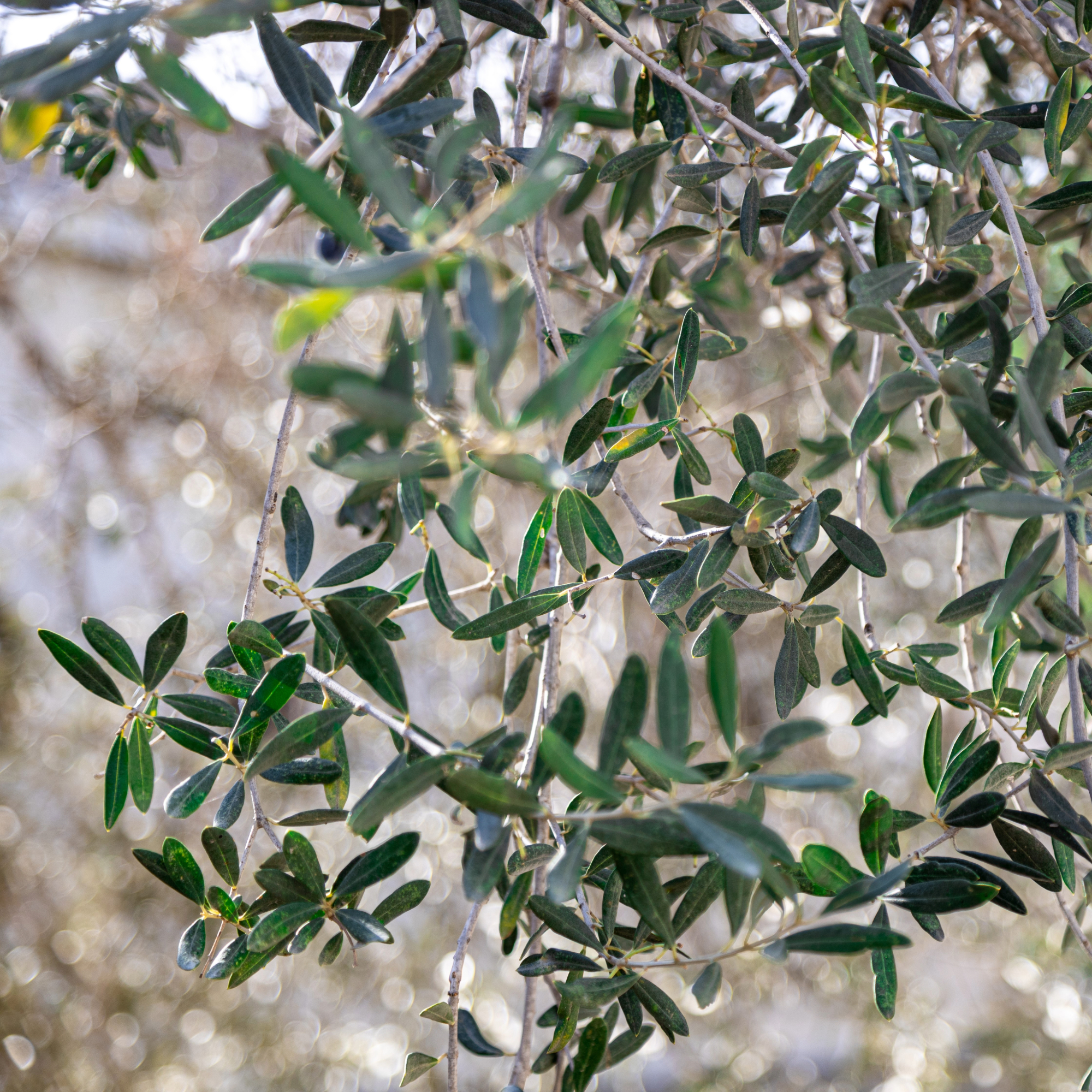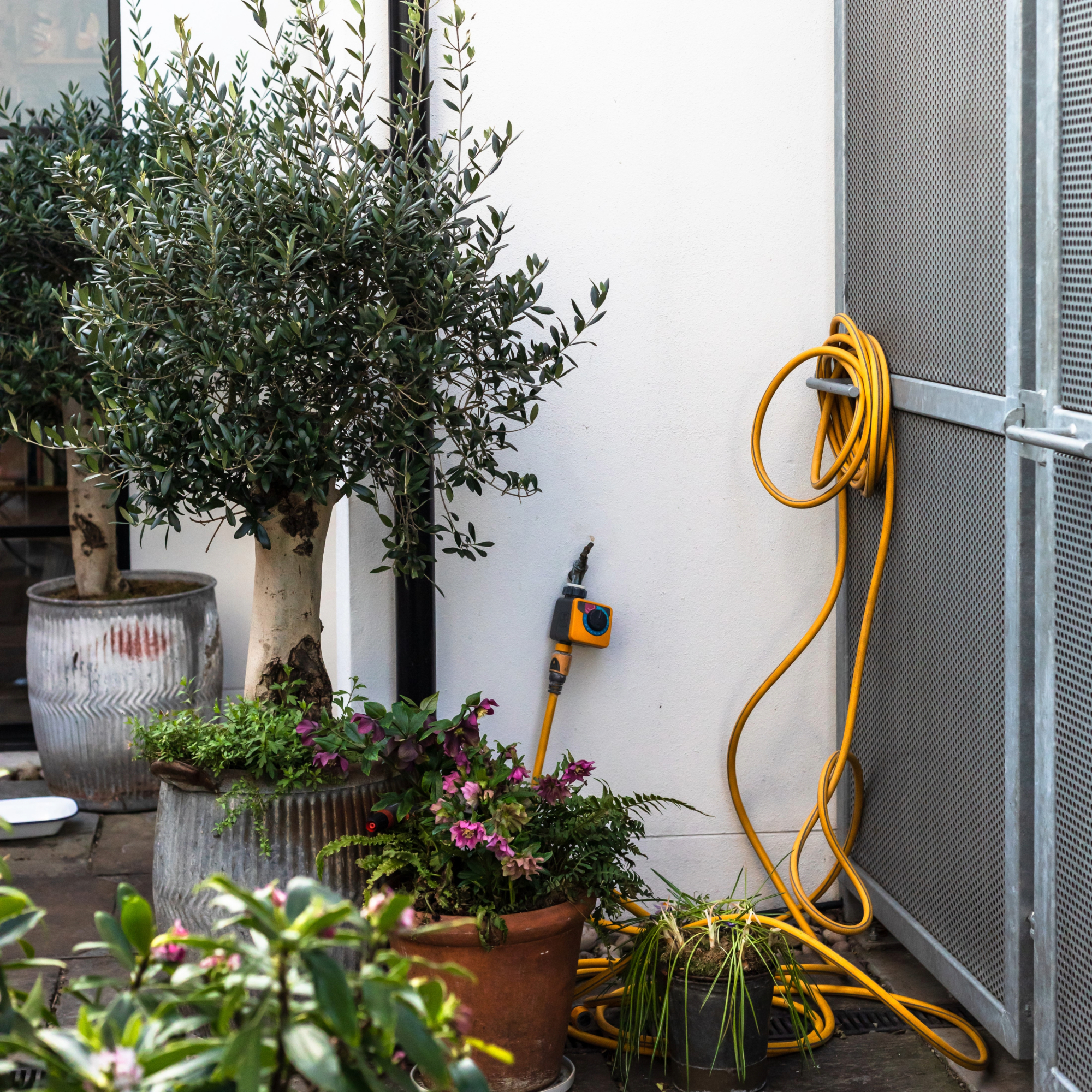
Olive trees are attractive and versatile features both inside the home and outdoors. Though they are generally low-maintenance, it’s important to know how to prune olive trees to keep these small garden trees looking as healthy as possible. You might even bag yourself some fruit as a reward.
'Pruning olive trees is essential for maintaining their health and ensuring you give your tree the best chance at producing olives as the fruit grows on new wood,' explains Jamie Shipley, gardening expert and Managing Director at Hedges Direct.
Olive trees are growing in popularity, and Tree2myDoor has seen a huge demand in recent years. Gareth Mitchell, Founder of Tree2MyDoor, explains why olive trees are a great choice for any home and garden space: ‘Olive trees thrive indoors and outdoors and are sure to add a touch of sophistication to any space.
'They are also evergreen, so will display distinctive silver-tinted leaves all year round.'
But how do you prune an olive tree? We’ve asked the experts for their top tips.

How to prune olive trees
There are two golden rules for pruning, and they're backed up by a number of experts.
‘When it comes to pruning effectively, it helps to remember the three Ts: tools, timing and technique,’ says Gareth.
The second rule, according to Jamie Shipley, gardening expert and Managing Director at Hedges Direct, is the three Ds: dead, diseased, or damaged branches. These will help guide the cuts you need to make - but more on that shortly.
What you'll need
Take your pruning game to the next level with these Razorsharp Geared Anvil Secateurs from Spear & Jackson.
Keep your hands clean and prune in style with these elegant gardening gloves.
Olive trees appreciate a little TLC, and feeding them is a great way to show them some love.
1. Setting up
Pruning any plant can be a daunting task, which is why it’s important to prepare before you start.
Using a decent pair of secateurs, loppers or pruning shears is essential, and knowing how to clean your garden tools will make the process even safer for your tree. 'Remember to use a pair of sharp secateurs to make a clean cut so your tree can heal the cut more quickly and fight off potential disease,' advises Jamie.

2. Making the first cuts
Start by cutting off any dead or diseased branches. Then, look at which growth is overcrowded.
'Thin out the branches by cutting back any that are crossing or rubbing against each other,' says Jamie. 'This improves air circulation and allows sunlight to reach the entire tree, which will hopefully lead to more fruit production.'
It’s also important to consider how you’re making each cut. ‘Always cut back the branch to the direction that you want the tree to grow, to help control the shape of the tree a little better and retain the desired shape,' says Morris Hankinson, Founder and Managing Director of Hopes Grove Nurseries.
3. Look downwards
Then, focus on the base of your olive tree - it's just as important as what's going on up in the branches.
Morris says, ‘Remove all suckers from the base of the tree. These suckers require energy to grow, and by removing them, the energy goes back into ensuring the strength and vigour of the tree.’

4. Shape it up
Next, you can think about how you want your tree to look. ‘Work to shape the tree into the classic lollipop or pom pom tree shape,’ says Gareth.
If you’re unsure, less is always more. As Gareth advises, ‘If in doubt, don’t cut!’
FAQs
Why should you prune an olive tree?
If you want to keep your olive tree at a certain height, Morris advises that you should simply remove the tallest branches. ‘This is often the case if you’re growing an olive tree in a container.’

Although olive trees usually require little maintenance and can be left to grow freely, pruning has a number of benefits.
If you’re looking to grow fruit, pruning is needed to encourage energy to the parts of the tree that bear fruit. Plus, pruning cultivates a happier, healthier tree.
‘To keep your tree looking its best year after year, an annual pruning to remove the dead, diseased or injured parts of the tree will encourage good growth patterns,’ says Gareth.
When should you prune an olive tree?
Before pruning your olive tree you need to first consider how old the tree is.
Morris says, ‘If you have a young olive tree, very little pruning should be needed. Instead, you should allow the tree to grow and put its energy into getting stronger in the first few years.
Though you can prune olive trees from late spring to early autumn, when conditions are frost-free, Morris recommends doing it as early in the year as possible. ‘Pruning no later than late spring and into early summer is ideal, so the pruning is complete before flowering.
‘You will see new growth from where you have pruned, which is why it is important to prune in time for that new growth to be strong enough to tolerate winter temperatures.’
Pruning your olive tree too early could result in damage to the tree and too late in the year could stunt its growth. Both are gardening mistakes to avoid when it comes to pruning any plant in the garden.
It's also important to make sure you don't prune your olive tree at the wrong time of year. 'Never prune olives in the autumn through to winter as this will leave them susceptible to disease,' advises Kate Turner, Miracle-Gro's resident gardening guru.
Can you prune an olive tree too hard?
The good news is that olive trees, like other evergreens, respond well to pruning.
‘You can't really prune an olive tree too hard’, says Ted. ‘Pruning your olive tree harder will stimulate more dense growth from the closest node, whilst a lighter prune will help to shape the tree.'
With a little time and trimming, olive trees can thrive in any space, indoor or out.







